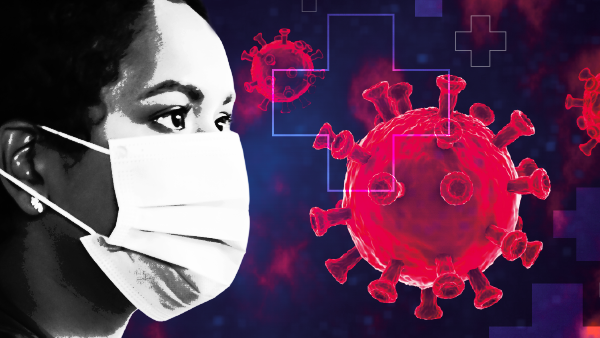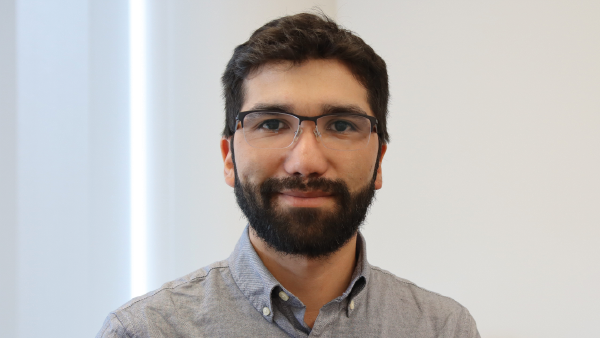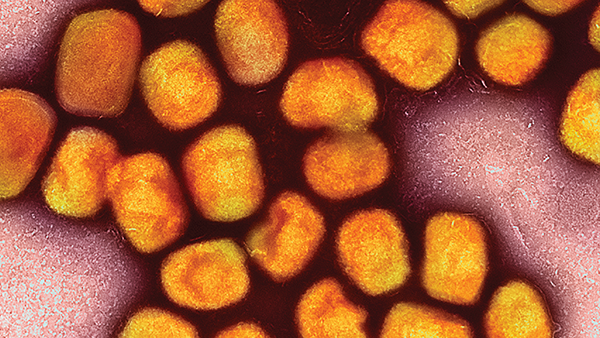TB or Not TB?
Funding shortfalls are stymieing efforts to end tuberculosis worldwide
Last month, we commemorated World TB Day to raise awareness of tuberculosis (TB) and the efforts being made to end the epidemic. TB is the second leading cause of death from infectious diseases – killing a total of 1.6 million people in 2021 and coming second only to COVID-19. On September 22, 2023, the United Nations High-Level Meeting on TB will take place during the UN General Assembly High-Level Week (1) – a critical event that will review progress made against the targets set in the 2018 political declaration (2).
Since the first dose of the Bacillus Calmette–Guérin vaccine was administered over 100 years ago, limited progress has been made in bringing another vaccine to market. Despite the excitement surrounding late-stage TB research, there is a lack of activity earlier in the pipeline. And with the long stretches of time typically seen between TB clinical trial phases, perseverance is the name of the game (3). Developers smashed the record for novel vaccine development during COVID-19 – a record previously set by Maurice Hilleman, who developed the mumps vaccine in four years (an impressive feat when it was licensed in 1967). But TB and COVID-19 research and development cannot be compared – why?
Unlike the investments thrown into COVID-19 research, funding for TB is poor – and not just for vaccines. A report from the Treatment Action Group showed that global funding for tuberculosis research and development reached US$1 billion dollars in 2021 – but what may seem like an impressive milestone is mere peanuts for what is needed to end the pandemic by 2030 (4).
I recently caught up with Patrick Phillips, Associate Professor in Residence in the Division of Pulmonary and Critical Care Medicine at University of California, San Francisco, to find out why funding is significantly lacking. In short, he says, TB is still seen as a disease of poverty. “There are very few individuals in resource-rich countries that develop TB and therefore there is little incentive for wealthy countries to fund programs and research to end TB. This is beginning to change, but considerable work is needed.”
Treatments in tow
Phillips emphasizes that designing and implementing clinical trials for TB treatments in particular can be challenging, given limited sources of funding: “We try to make the best use of optimal, adaptive designs and other innovative clinical trial designs to rapidly select promising treatment combinations that can benefit patients. TB is treated with combinations – not just with single agents – which increases the number of combinations regimens. It is challenging getting different companies to work together and bring their drugs together in clinical trials.”
But it’s not all doom and gloom – Phillips says there have been recent treatment wins in the field: “The biggest changes from TB research have been in the treatment landscape (5); there is now a four-month treatment for drug-sensitive TB (after decades of a six-month regimen) and a six-month treatment for drug-resistant TB (after years of treatment durations ranging from nine months to 24 months). These changes have come in the past two years from decades of clinical trials seeking to shorten TB therapy and represent a major advance.”
And despite the aforementioned clinical trial challenges, there are still a number of initiatives pursuing this endeavor. For example, the Project to Accelerate New Treatments for Tuberculosis (PAN-TB) collaboration unites philanthropic, non-profit, and private sector organizations to accelerate the development of new TB treatments that are shorter regimens and can treat all forms of the disease (6). In a press release from August 2022, the consortium announced it was advancing its investigational TB drug regimens to phase II clinical trials – evaluating whether the novel regimens can treat all forms of active pulmonary TB but with significantly shorter durations than existing regimens. Ultimately, the group aims to find a regimen it can take through to phase III research.
TB continues to take millions of lives. TB is also curable and preventable – but only if we stop neglecting investment into research and development.
References
World Health Organisation, “The second United Nations high-level meeting on the fight to end tuberculosis” (2023). Available at: bit.ly/3zaybw7.
World Health Organization, “Political declaration of the UN General-Assembly High-Level Meeting on the Fight Against Tuberculosis” (2019). Available at: bit.ly/3LVzZjU.
Treatment Action Group, “Pipeline Report 2022: Tuberculosis Vaccines” (2022). Available at: bit.ly/3KbcGBw.
Treatment Action Group, “Tuberculosis Research Funding Trends 2005 — 2021” (2022). Available at: bit.ly/42JxtU3.
Unite4tb, “Recap of the 3rd UNITE4TB webinar: Progress made to date in shortening TB treatment” (2022). Available at: bit.ly/3zdUhOa.
Gates MRI, “PAN-TB Collaboration to Advance Investigational Tuberculosis Drug Regimens to Phase 2 Clinical Trials” (2022). Available at: bit.ly/3ntci8J.





